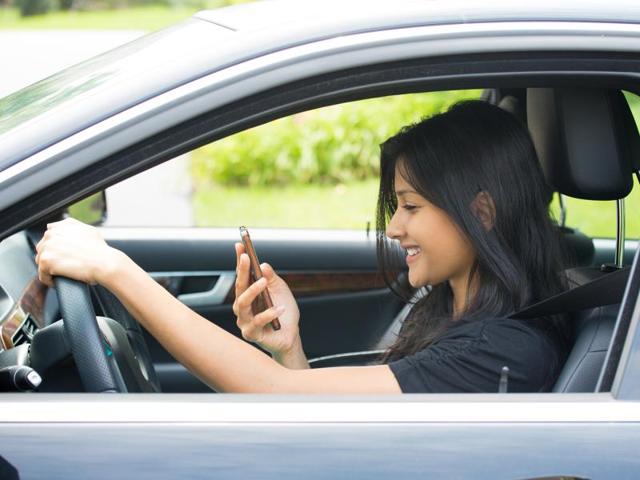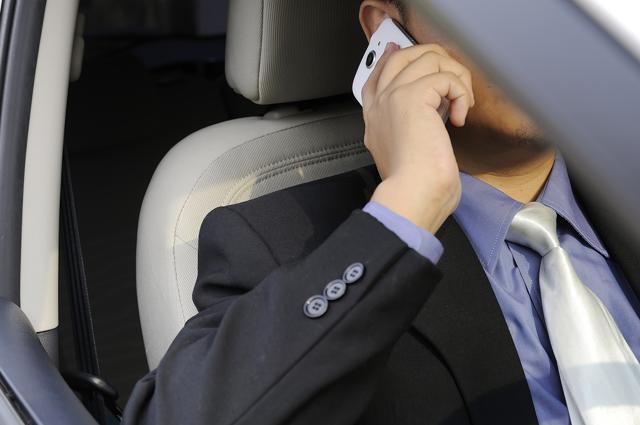Texting while driving as distracting as Pokémon Go
Pokémon Go makes news everyday for making driving more dangerous, which has prompted Nintendo to issue safety warnings, including one that says, “Do not play Pokémon Go while driving.” What gets left out is the number of other distractions that take the drivers attention off the road, leading to avoidable crashes and injury.

After Russia, India has the second most deadly roads in the world. Seven people are killed on India’s roads every hour – that’s one person dead every 3.5 minutes. And of the more than 500,000 road accidents that occurred last year, 71% happened because of driver’s error, showed India’s Road Transport Ministry data released in June . The rest of the accidents are caused by defective roads, mixed road usage and pedestrians.
The biggest cause of distractions is mobile phone use, but there are other distractions that cause injury and pile-ups. Here are some things to avoid doing while driving.
Texting, talking

Text messaging while driving is more dangerous than taking or making calls as it simultaneously engages the driver’s visual, manual and cognitive attention. You need to read the text sent to you, think of a response, punch it in – all with one or no hands at the wheel. Playing games, watching videos, taking pictures or online chatting whiel driving is as distracting.
Talking on the phone takes away attention from the road more than talking to another passenger. You are four times more likely to have a collision if you’re using your mobile phone while driving than if you were not. What adds to trouble is that phone use often involves associated tasks that can further distract the driver, such as sharing phone numbers, addresses or notes while driving. A hands-free option is no safer than a hand-held one, unless it can be voice-operated so that your hands stay on the wheel and your eyes on the road.
GPS
Entering destination information needs you to concentrate the most while using a GPS app or device to chart routes, but voice-guided technology lowers the distraction. For drivers, using the voice-navigation instruction mode is less intrusive than tracking information on a visual display, especially when the device offers turn-by-turn instructions rather than holistic route information.
Changing FM stations, air-conditioning remote, dashboard displays or opening and closing windows while driving is equally dangerous because while doing it, most people don’t even realize that their full attention is not on the road. It’s best to pull over while playing with the remotes or dashboard display.
Boisterous passengers

Friends in the car, especially if there loud and boisterous, are very distracting and among the leading cause of accidents involving young drivers. The chances of being involved in a fatal crash go up four times if there are two or more friends in the car, especially if they are teens or young men. Compared with no passengers, having one passenger younger than age 21 (and no older passengers) raises the risk of a crash by 44%, having two younger than age 21 doubles risk, and three or more passengers roughly quadruples risk.Having at least one passenger aged 35 or older lowers risk of a crash by 46%.
Eating, drinking, smoking

Smoking, eating and drinking even non-acoholic drinks while driving takes attention off the road and leaves you with just one hand on the wheel to manoeuvre the car. Eating is more distracting than talking on a mobile phone, but less distracting than conversing with other passengers, studies have found. In the US, people have been ticketed for eating a burger while driving.
Animals and other things
Stray cows, dogs and other animals on the road are a major cause of accidents in India, as are jaywalking pedestrians, billboards and street-hawkers.
Way ahead
Everything has a potential for misuse and its really up to you to decide how much in control of the car you want to be while driving. Accidents happen of other drivers’ judgment errors too, which makes vital for you to be extra alert to save yourself and your family and friends from injury.
Singapore on Thursday became the first country in the world to introduce driverless taxis on call that offer rides between dozen locations to a trial group. Uber has announced it will trial-run a fleet in Pittsburgh in the US next month, but they are unlikely to make it to India’s chaotic roads anytime soon.
So keep your eyes on the road and your hands upon the wheel. Safe driving.
Catch your daily dose of Fashion, Health, Festivals, Travel, Relationship, Recipe and all the other Latest Lifestyle News on Hindustan Times Website and APPs.




